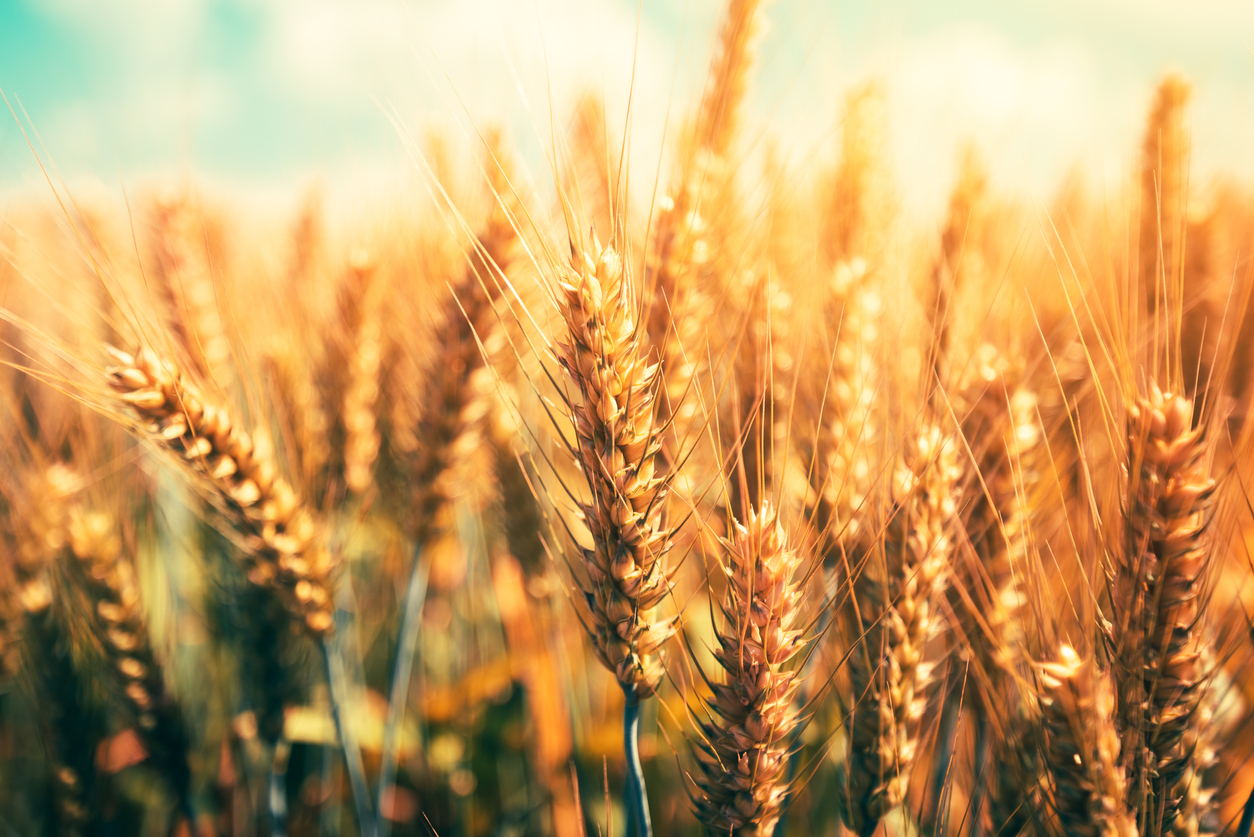
Biotech Crops in the Pipeline to Improve Food Quality and Bring Environmental Benefits
March 25, 2020| |
Transgenic crops have been planted in different countries for over twenty years, starting from 1996. About 191.7 million hectares were planted in 2018 to transgenic crops with high market value, such as herbicide tolerant soybeans, maize, cotton, and canola; insect resistant maize, cotton, potato, and rice; and virus resistant squash and papaya. With genetic engineering, more than one trait can be incorporated or stacked into a plant. Transgenic crops with combined traits are also available commercially.
To date, commercial GM crops have delivered benefits in crop production, but there are also a number of products in the pipeline that will make more direct contributions to food quality, environmental benefits, pharmaceutical production, and non-food crops. Examples of these products include triple stack trait biotech rice with better yield amidst abiotic stresses, biotech chestnut tree with resistance to chestnut blight, biotech citrus greening resistant citrus, potato enriched with beta carotene, biofortified sorghum, bacterial (Xanthomonas) wilt resistant banana, Bunchytop virus resistant banana, insect resistant wheat, among others.
Read more about Genetic Engineering and GM Crops from the updated ISAAA Pocket K 17. Other updated Pocket Ks include Q and A About Genetically Modified Crops (Pocket K No. 1) and Plant Products of Biotechnology (Pocket K No. 2).
| |
You might also like:
- Global Pipeline of GM Crops out to 2020
- Biotech Crops Continue to Help Meet the Challenges of Increased Population and Climate Change
- Biotech Wheat
Biotech Updates is a weekly newsletter of ISAAA, a not-for-profit organization. It is distributed for free to over 22,000 subscribers worldwide to inform them about the key developments in biosciences, especially in biotechnology. Your support will help us in our mission to feed the world with knowledge. You can help by donating as little as $10.
-
See more articles:
-
News from Around the World
- Biotech Crops in the Pipeline to Improve Food Quality and Bring Environmental Benefits
- Local Government Officials Warn Scientists of Biotech Critics in Uganda
- US Proposes to Use Genetically Engineered Crops to Support Southeastern Wildlife Refuges
- Omega-3 Canola Oil Bound for Market by Second Quarter of 2020
- Most Americans Believe GMOs Likely to Improve Global Food Supply
- Russia to Expedite Genetic Technologies and Genome Editing for Public Health, Agriculture, and Industry
-
Research Highlights
- Researchers Develop Gene Disruption Method for Plant Pathogen
-
Plant
- Double Knockout of OsWRKY36 and OsWRKY102 Boosts Rice Lignification
-
Health
- International Seed Federation Calls on Governments to Facilitate Movement of Seeds in the Time of COVID-19
- Scientists Say COVID-19 Coronavirus Has Natural Origins
-
Read the latest: - Biotech Updates (December 17, 2025)
- Gene Editing Supplement (December 17, 2025)
- Gene Drive Supplement (February 22, 2023)
-
Subscribe to BU: - Share
- Tweet

